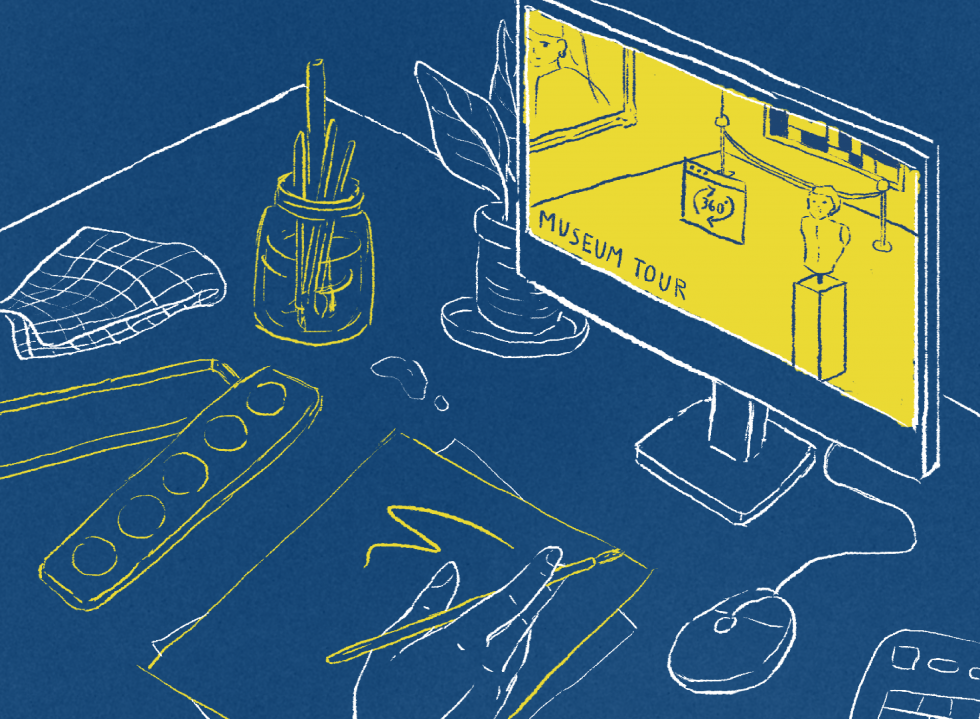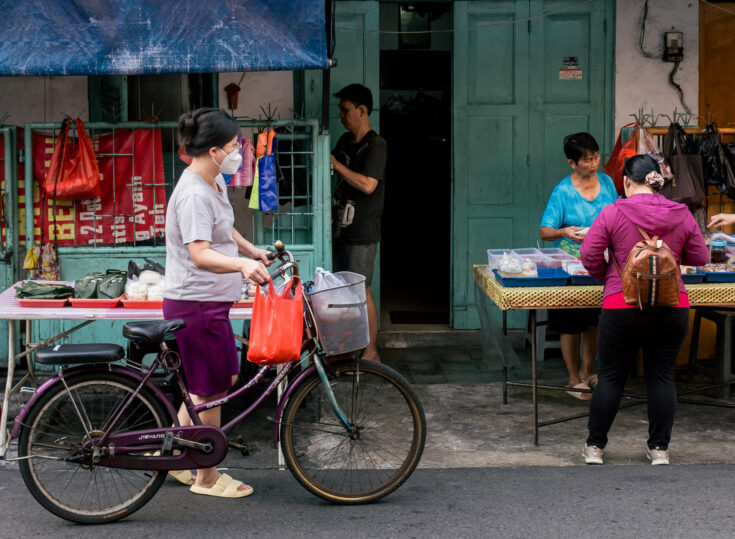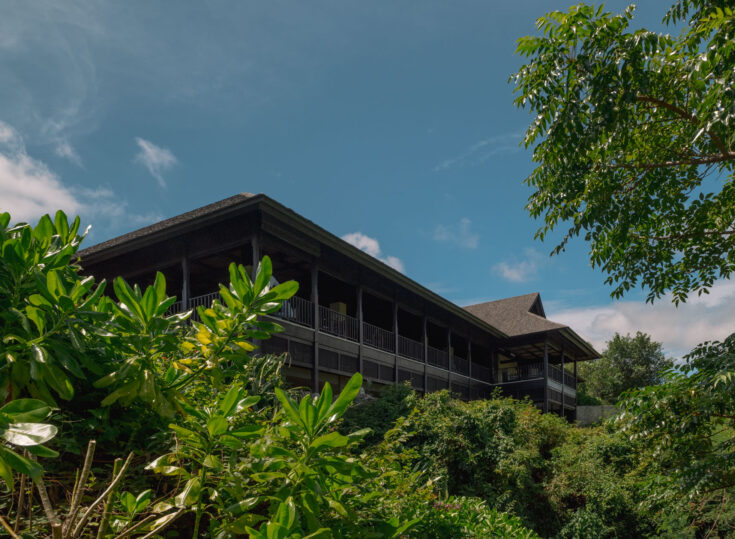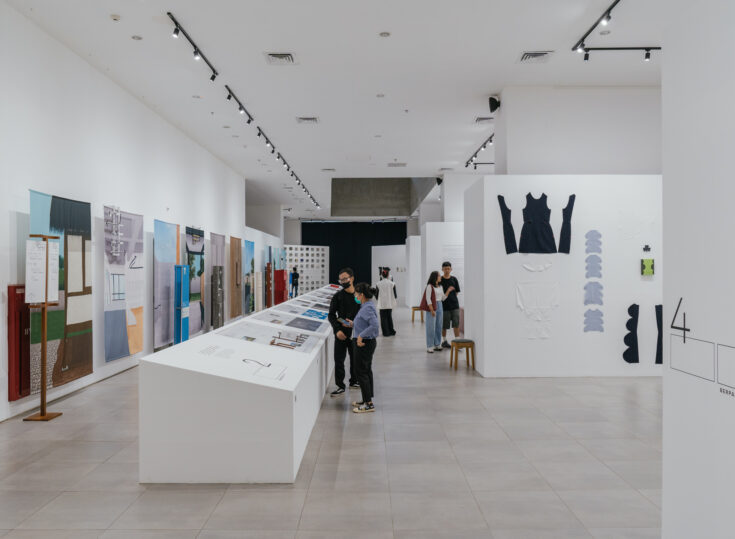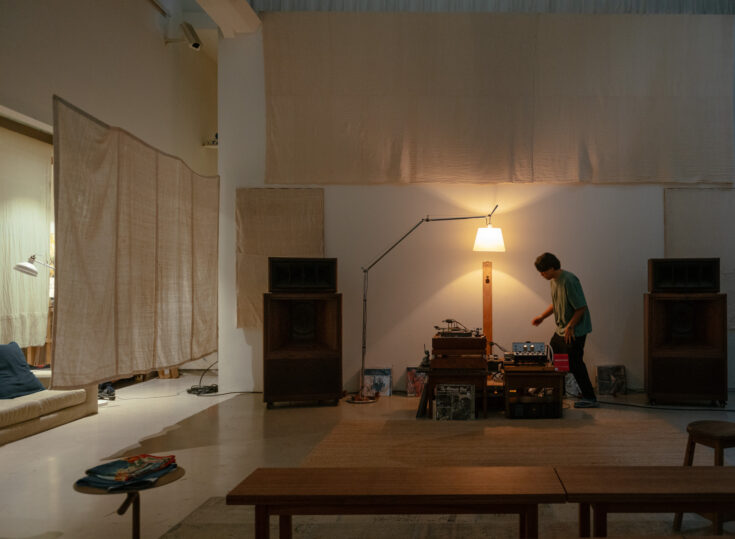In our effort to make social distancing less monotonous, REMOTELY is a special series from Manual Jakarta where we roll out comforting and practical articles to keep you company and motivated during this period of self-isolation.
–
Protracted measures in the face of COVID-19 have affected different kinds of businesses on a global scale. With the ongoing semi-lockdown protocol and mobility restrictions imposed on Jakarta, the city’s lifestyle scene, such as the F&B and fashion industry, had to come up with creative alternatives to tackle their losses.
The same goes for the global art scene. In New York City, the thriving art world is put on hold as the government called for a museum shutdown, prompting the industry to resort to online platforms to keep NYC’s art enthusiasts entertained. This gave way to the #MuseumFromHome movement, a global, collective initiative followed by many international art houses—including The British Museum, The Museum of Modern Art (MoMA) and Indonesia’s own Museum MACAN—that campaign virtual art experiences from the comfort of one’s home.
Smaller art institutions, on the other hand, had to face a tougher reality as their financial support had already been fragile before the virus, aggravated by the leave of their contributing artists as many shifted to mega-galleries for survival.
Suffice to say that art and cultural establishments, both big and small, are being tested, so we ask our friends at Museum MACAN and Komunitas Salihara about the current state of the local art scene and their endeavours to withstand the crisis following the global pandemic.
The losses
Museum MACAN (Modern and Contemporary Art in Nusantara) and independent multidisciplinary art centre Komunitas Salihara were swift to take action. Rebecca Kezia, curator and programmer of the said independent art hub, knew she would not take this situation lightly as the lives of many staff and creative workers are at stake. Shortly after the official announcement of Indonesia’s first COVID-19 cases, the management behind Komunitas Salihara called for basic precautions to prevent the transmission of the novel pathogen within the gallery from providing hand sanitisers for the visitors and constant disinfectant cleansing, to requiring their sick employees to stay home.
But as the cases snowballed, the gallery had to close their doors following the Work-From-Home and physical distancing policy, as declared by President Joko Widodo last month. “We had to cancel our long-anticipated Japanese theatre performance ‘Rebel Samurai’ from the Ryujanzi Company which was scheduled for 11 and 12 March, since we did not have much time for the performers to enact the self-quarantine procedure subsequent to their arrival in Jakarta.” The management had to refund every sold ticket and put their regular discussions and art classes on pause.
For Museum MACAN, the coronavirus outbreak means postponing their public programs and calling a brief hiatus upon their running exhibitions, including the enthralling debuts of Julian Rosefeldt: Manifesto and Melati Suryodarmo: Why Let The Chicken Run?. However, as with many other art establishments, the management is planning to adapt art exhibitions into virtual reality, “Soon, we will be launching virtual walkthroughs to the two debuts,” Museum MACAN’s Head of Communication, Nina Hidayat confirms.
The temporary closure incurred monetary losses as the museum was always teeming with visitors before coronavirus. Today, comers are replaced by security guards who take regular shifts to ensure the safety of the museum’s oeuvres. Despite the adjustments, the team behind Museum MACAN strives to explore ways to keep Teman MACAN (MACAN friends) inspired via #MuseumFromHome.
Gone digital
“This constraint in physical mobility leads us to be innovative,” says Rebecca from Komunitas Salihara. The art hub, also known as a common space among intellectuals such as journalists, activists and artists, have always had the intention to expand their digital presence. “Now is the right time to do it.”
Following their temporary closure, the hub launched Stay A(r)t Home, an online initiative covering art discussions, podcasts, sharing sessions, along with theatre and music performances, to inspire and educate those confined at home. The initiative has gained many supporters and reached wider audiences, encouraging the team to incorporate their upcoming small-scale exhibitions and regular classes within the online program. “We hope that these initiatives will inspire people amid this gloom while supporting [local] artists and creative workers that are affected by the current situation.”
To further support the sustainability of local artists and their community, Komunitas Salihara will be collaborating with Karyakarsa, an online platform where the public can support local content creators and artists through donations. “It is a tip jar for our online viewers to support the ecosystem,” adds Rebecca.
The same initiative is held by Museum MACAN, as they joined the collective #MuseumFromHome movement. Now, the audience can engage in their ongoing exhibitions and explore artworks from their collection through their website. Their #MuseumFromHome programs allow audiences of different age groups to participate in their activities, which are inclusive of kids-friendly workshops to dialogues on art. “In times like these, we try our best to motivate those who are working or learning at home through our engaging contents. Our #MuseumFromHome initiative is regularly updated, while our social media rolls out a variety of informational art-related contents,” expresses Nina.
The outbreak along with its safety measures did not seem to deter the MACAN team from realising their plans to collaborate with their exhibiting artists, namely Julian Rosefeldt, who is now in Berlin and Melati Suryodarmo in Solo, for more interactive and insightful features in their social media.
Art consumption in the face of the pandemic
With massive shutdowns descending upon many cultural establishments, changes in art consumption can be seen anywhere in the world; a visit to art spaces or galleries turned to virtual walkthroughs, and discussions are demonstrated in form of podcasts and live sessions. There seems to be no limit in terms of what we can do in this digital era, and the outbreak has prompted art institutions to adapt to the situation by consistently releasing online activations.
Changes in art consumption amid the pandemic don’t stop at the offline-to-online adaptation. The challenging interval from the physical world, along with countless exposure of distressing news has moved people to seek hope, depth and meanings, thus changing the way they perceive and respond to art. “During dark times, art has the power to invigorate hope and redeem optimism. This is where art makes a difference: it helps people to feel less disconnected. The feeling that art produces is what keeps people engaged with the world”, Rebecca comments on art appreciation in the thick of COVID-19.
According to Nina of Museum MACAN, art always has the natural ability to inspire and spark conversations, and with this shared anguish, people can reflect and ponder upon art together to stay connected with the world and each other. “On a more practical level, art also serves as a means to support the local art community, and they (artists and art handlers) are in dire need of our support”, she adds.
Moving forward
Though the collective offline-to-online approach in the art industry has taken the lead in art consumption, Rebecca describes the current situation as a big pivot in the management. “In the creative and entertainment industry, online interactions cannot fully substitute the physical experiences in consuming art. The strength of art performances [and exhibitions] is that it is extremely personal. It gives you a powerful connection by evoking your senses and imaginations.”
Their Stay A(r)t Home initiative might have succeeded in keeping their artists and audience connected during this unusual time, but to be able to reunite with the community in the future is much-awaited by the team.
The sentiment is also felt by MACAN folks. “We are hoping to see our Teman MACAN very soon after we reopen, and we expect that the museum, as is with other cultural institutions in Indonesia, will be better equipped to deliver both online and offline features to the audience,” says Nina, who also shares the management’s expectations to work with the government and local art communities to keep the creative industry alive.
The industry sees this momentary lapse as a time to challenge and reflect upon their flexibility in delivering arts during difficult times, as well as to keep rediscovering the ways people can consume, perceive and experience art. “We expect to relinquish this communal thirst after a long period of self-isolating so that people can reconnect with themselves through the personal journey of art,” says Rebecca. “It will be a much-needed celebration of human resilience.”
